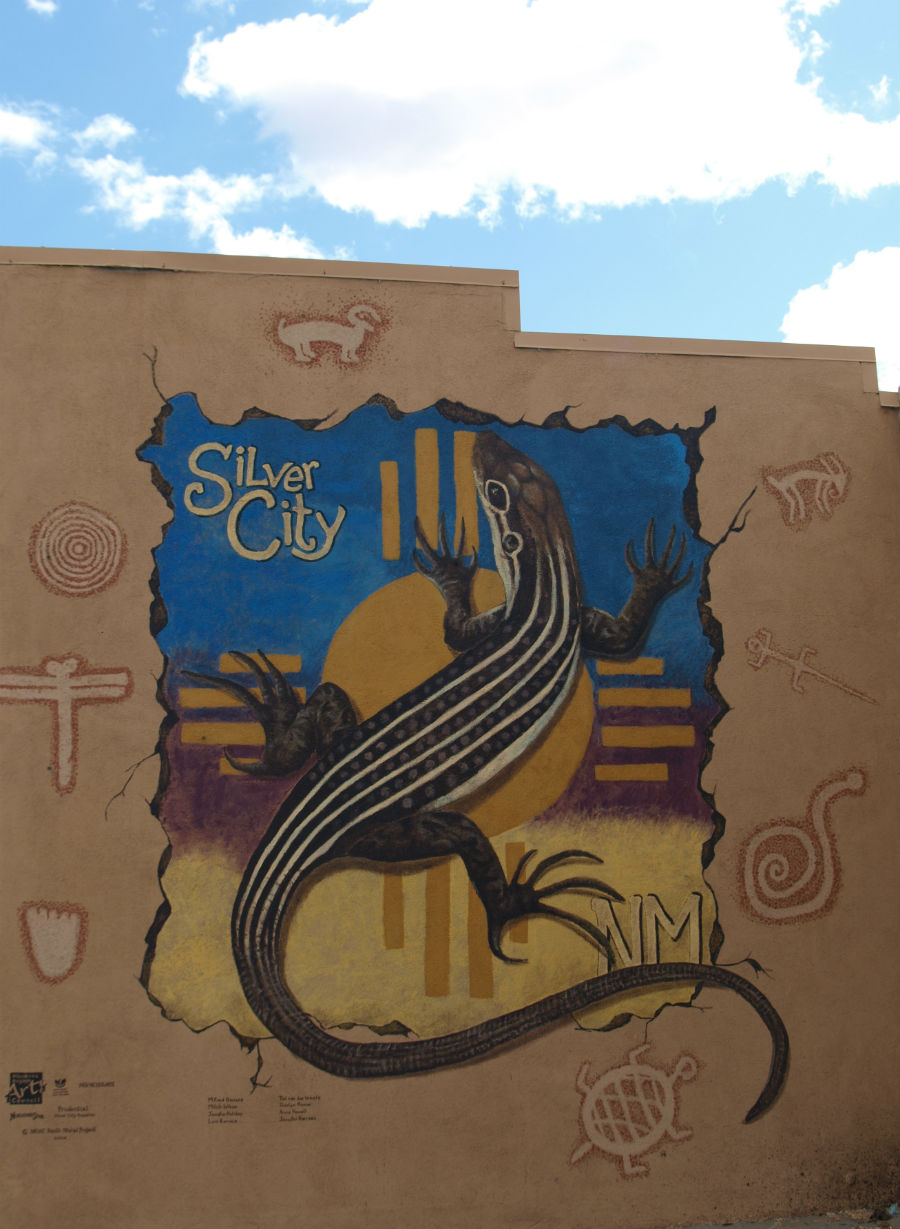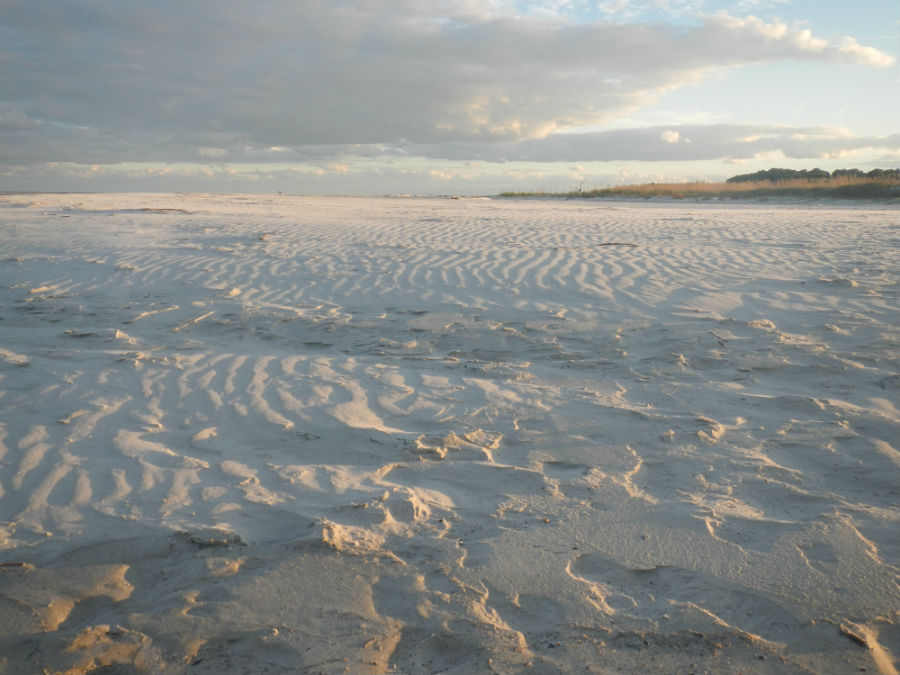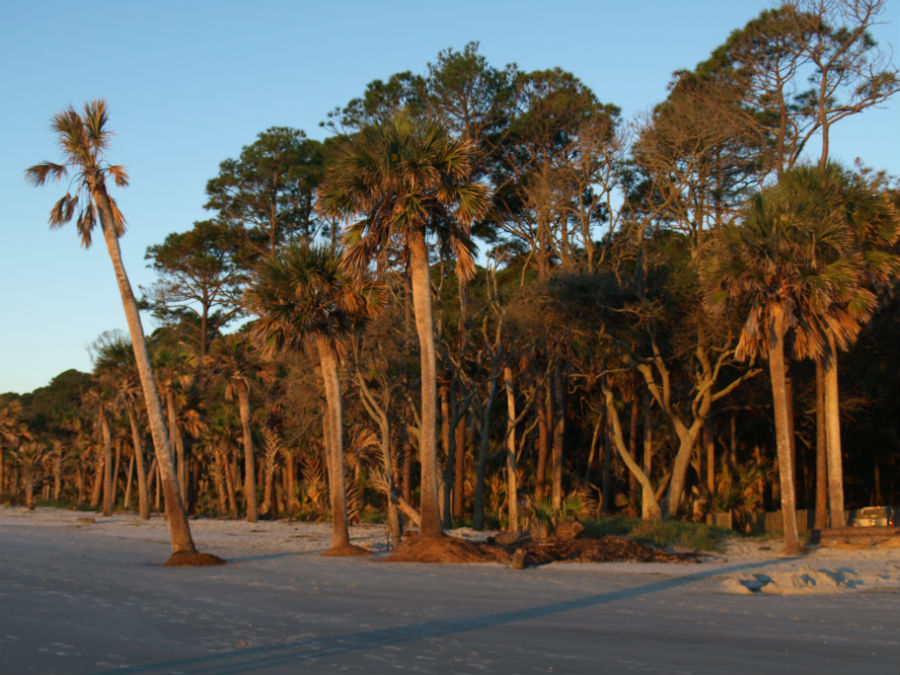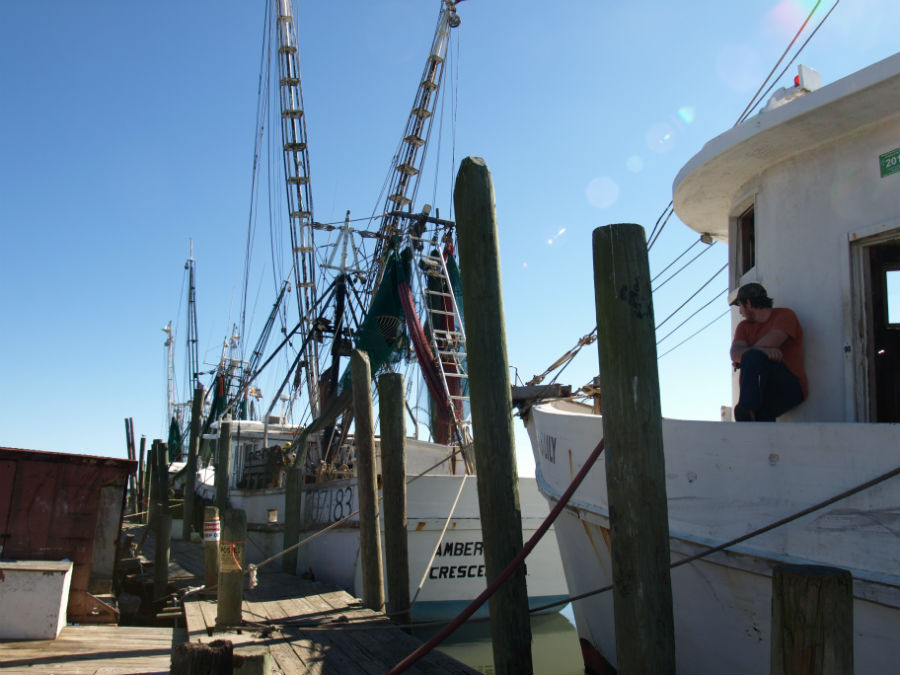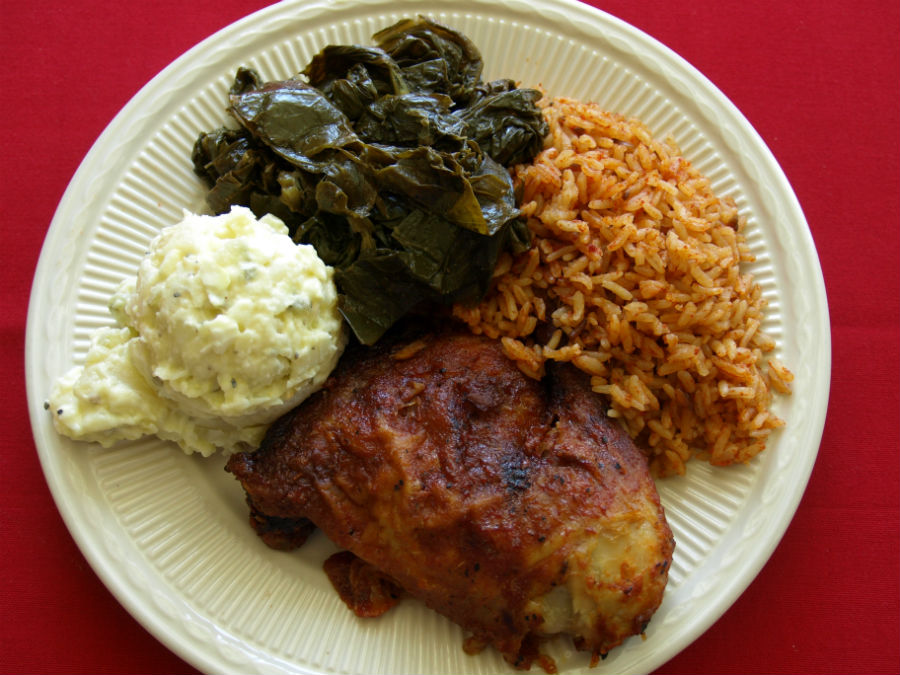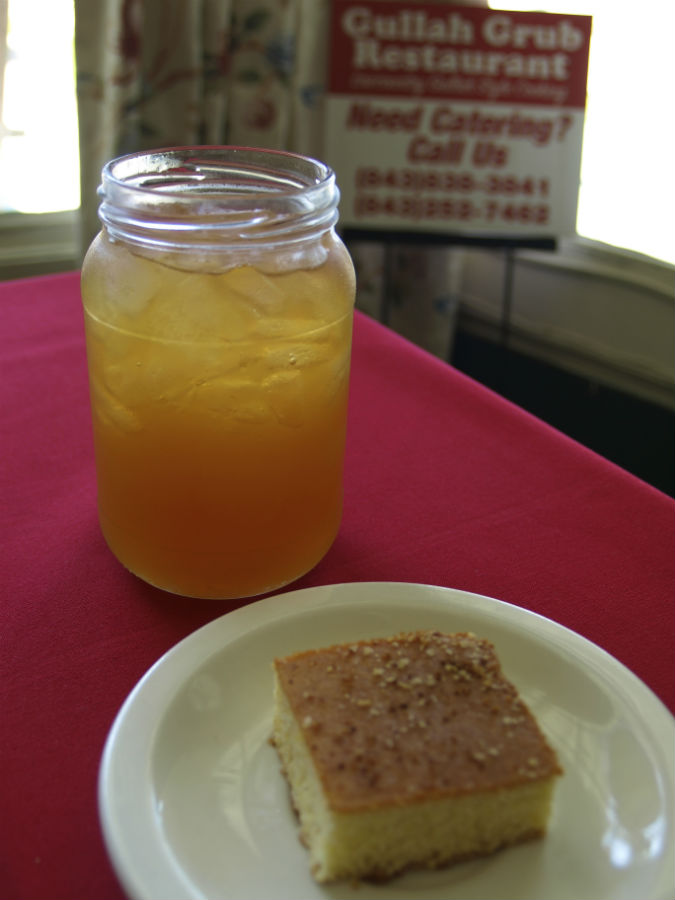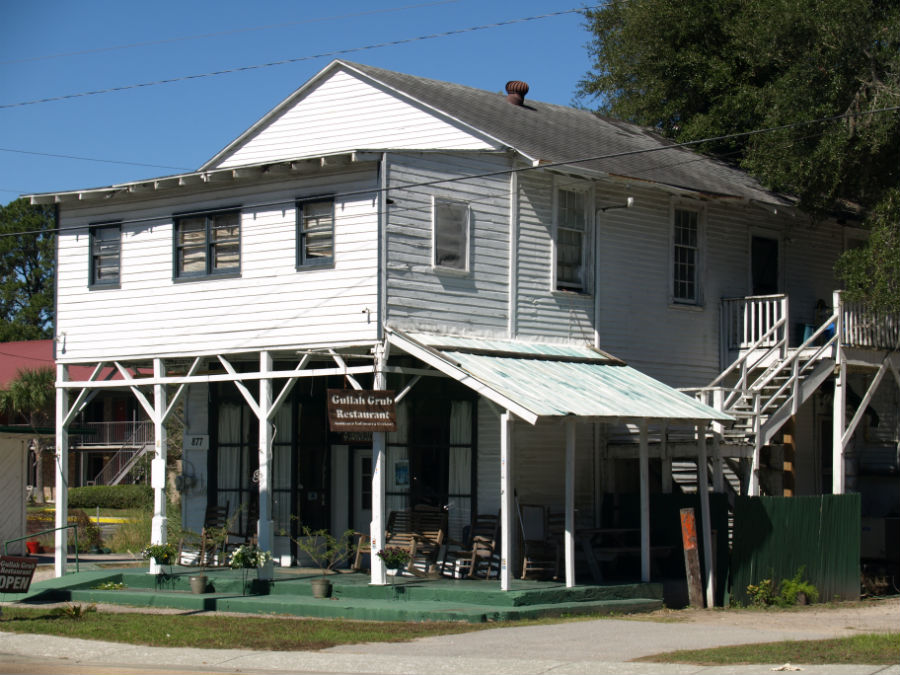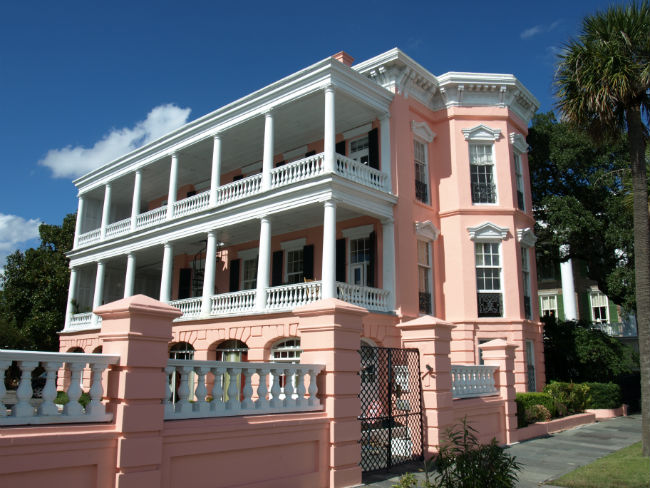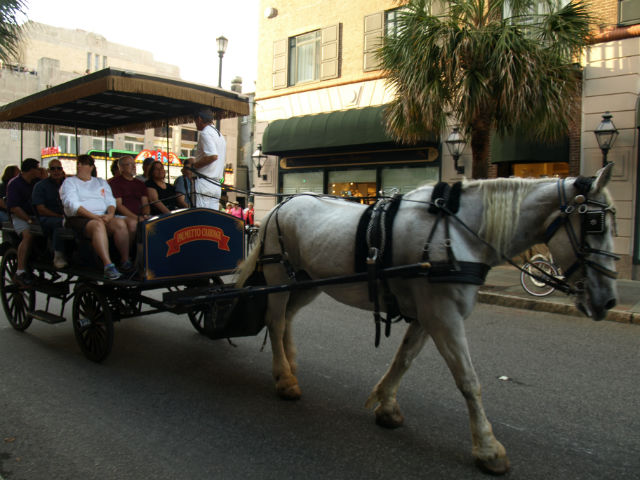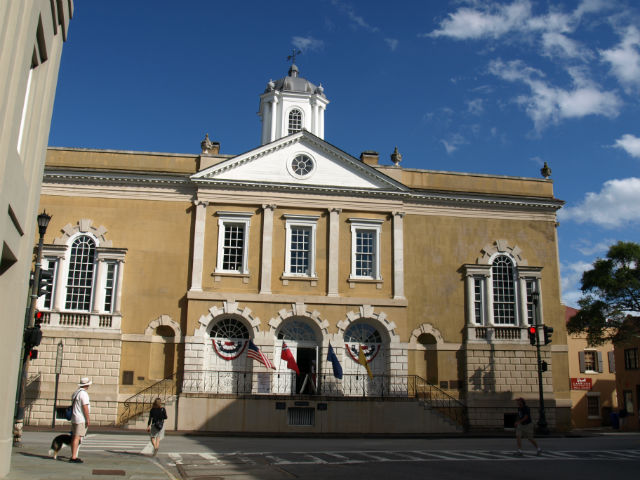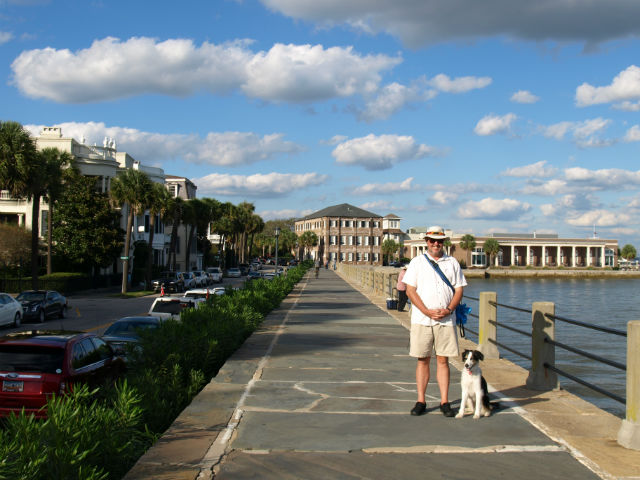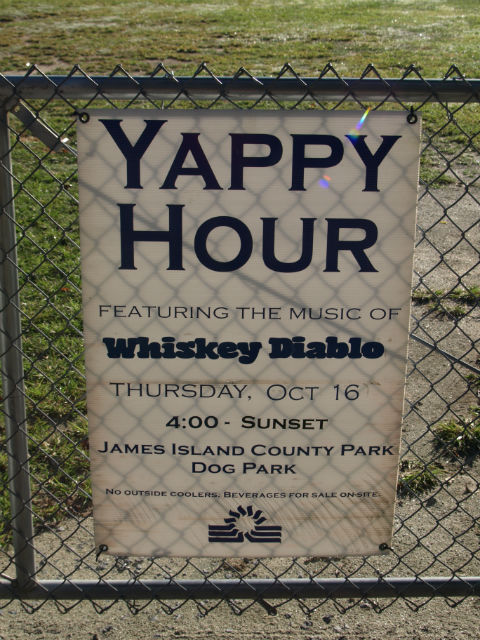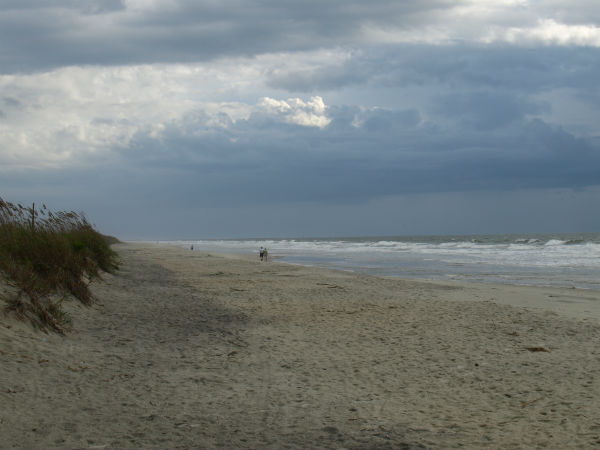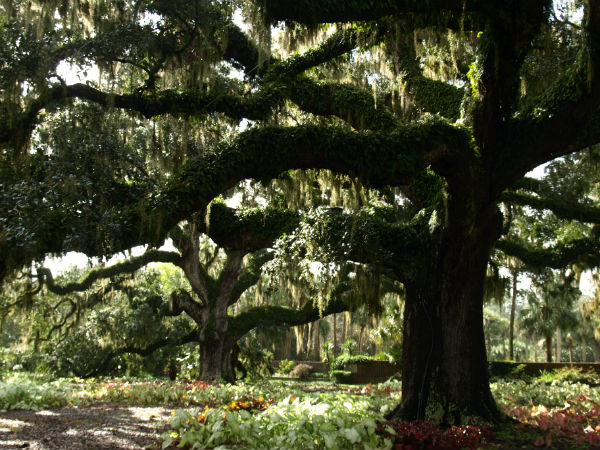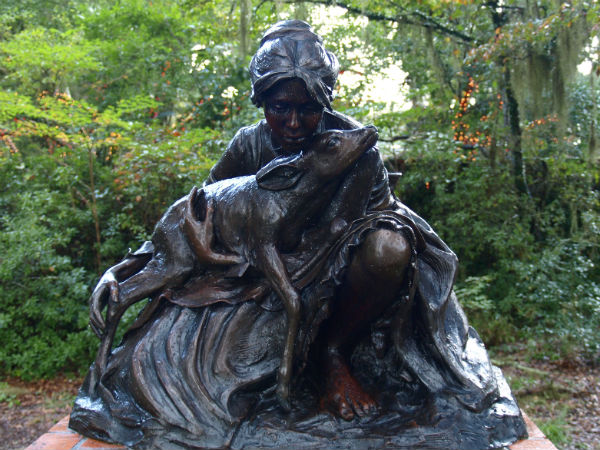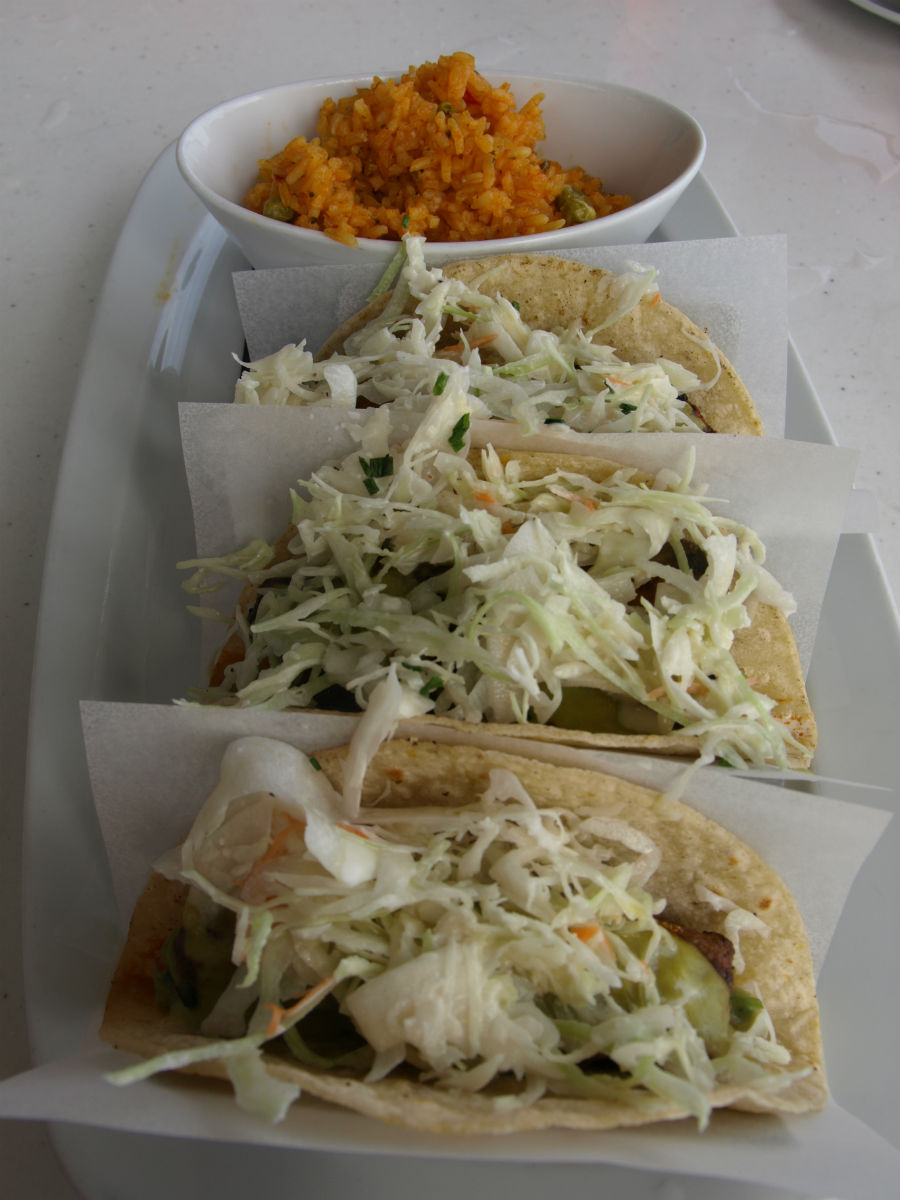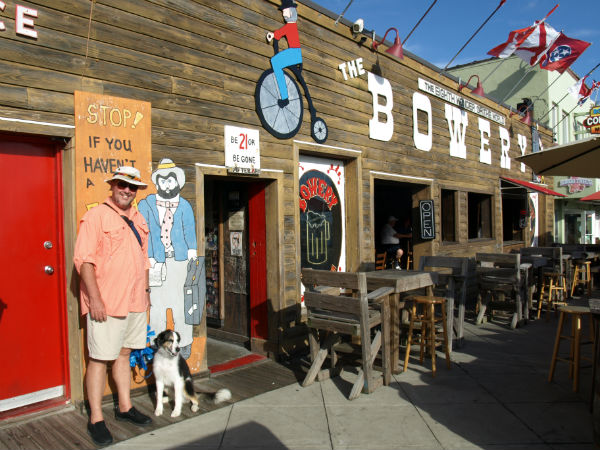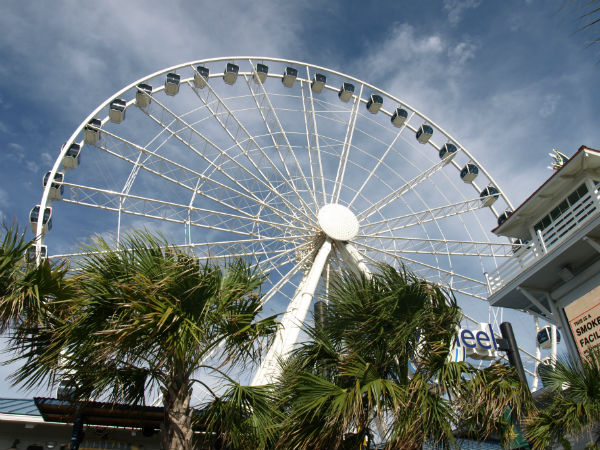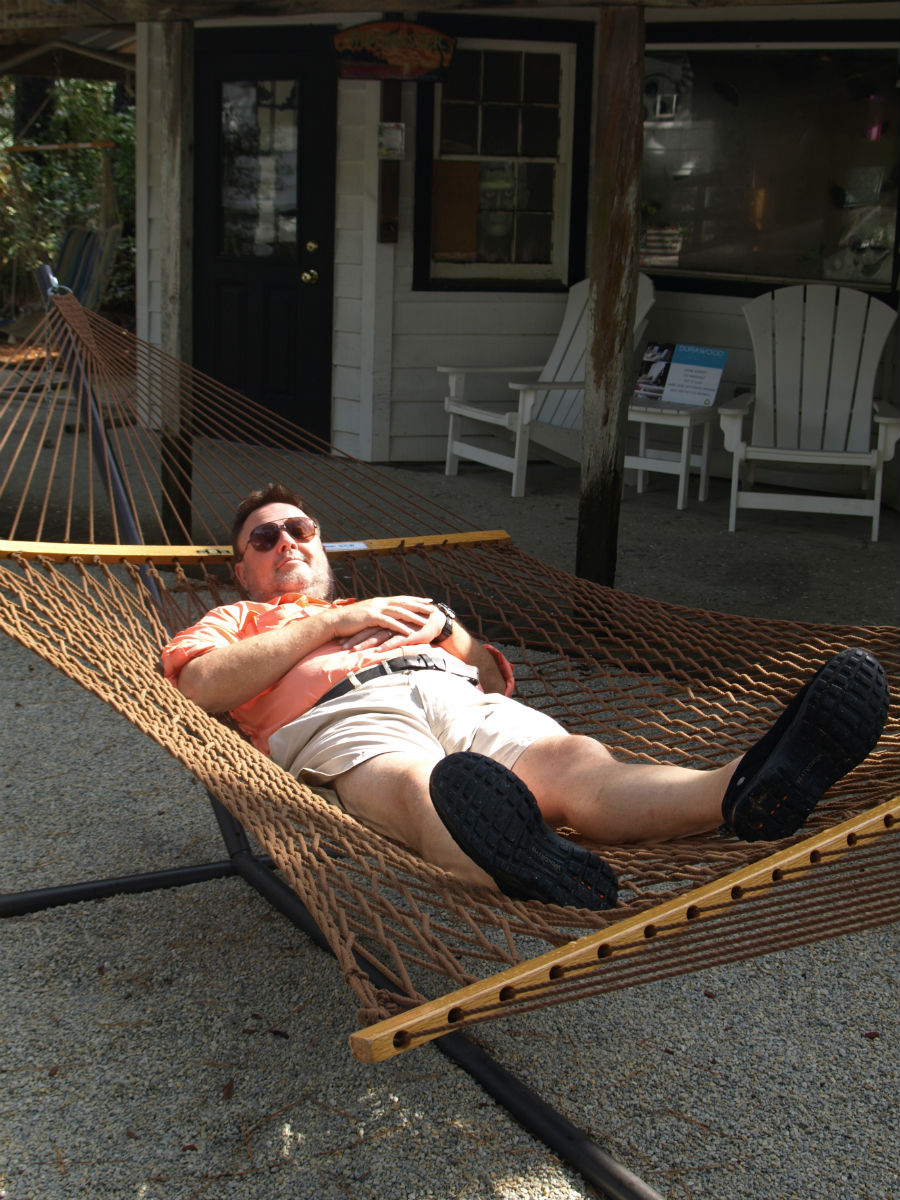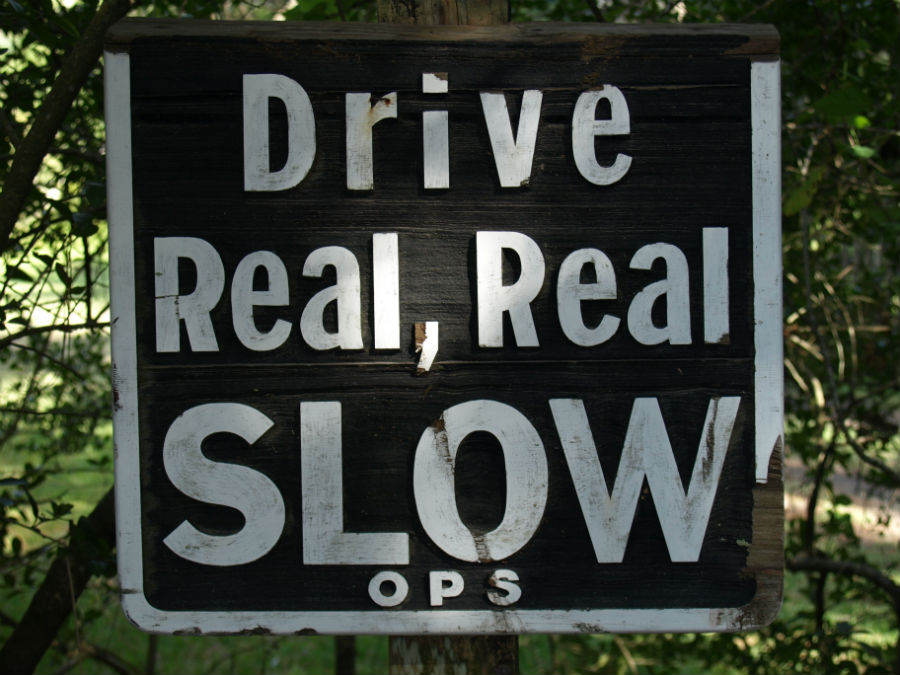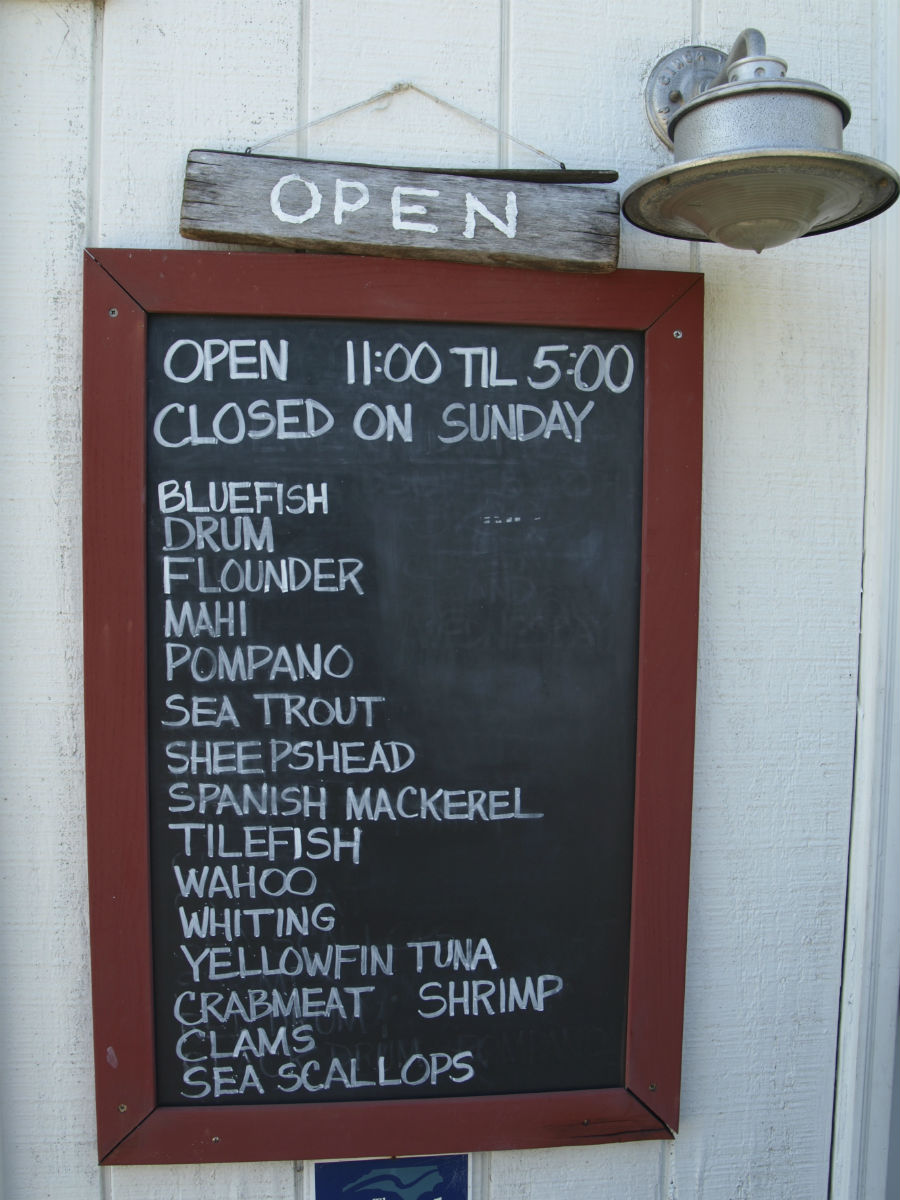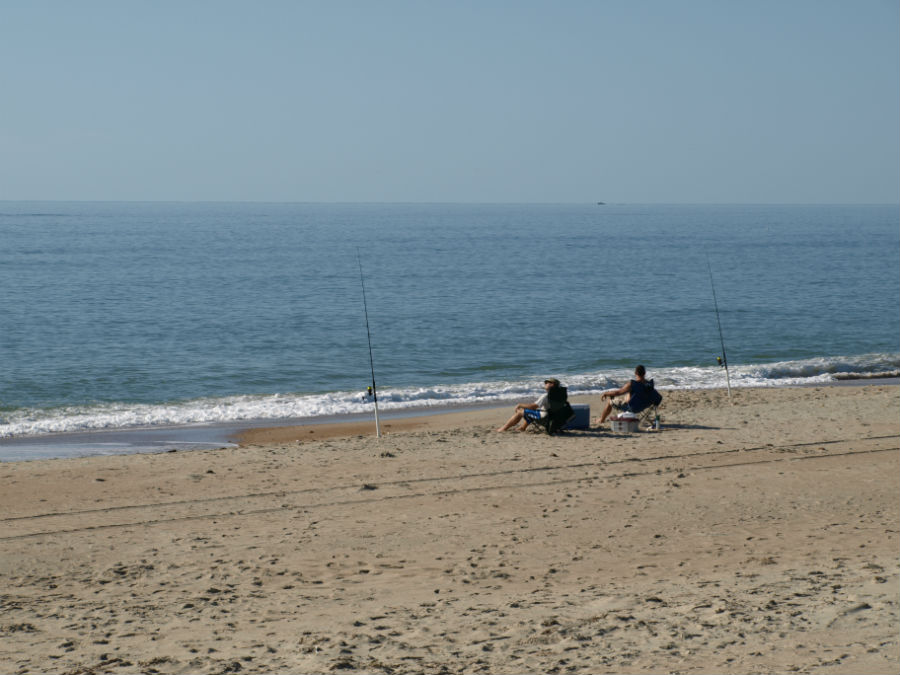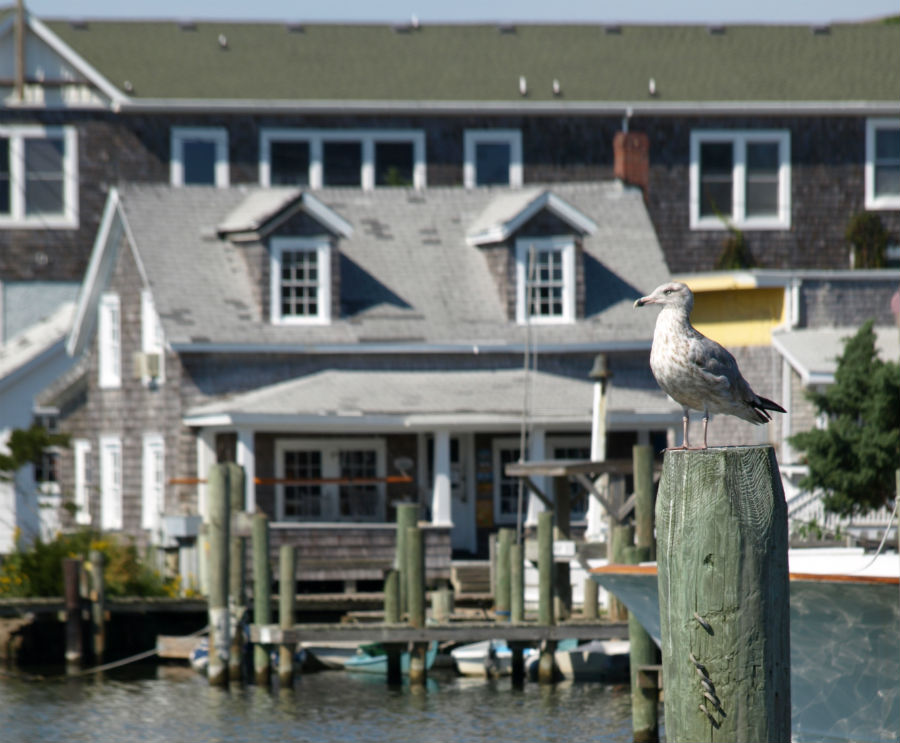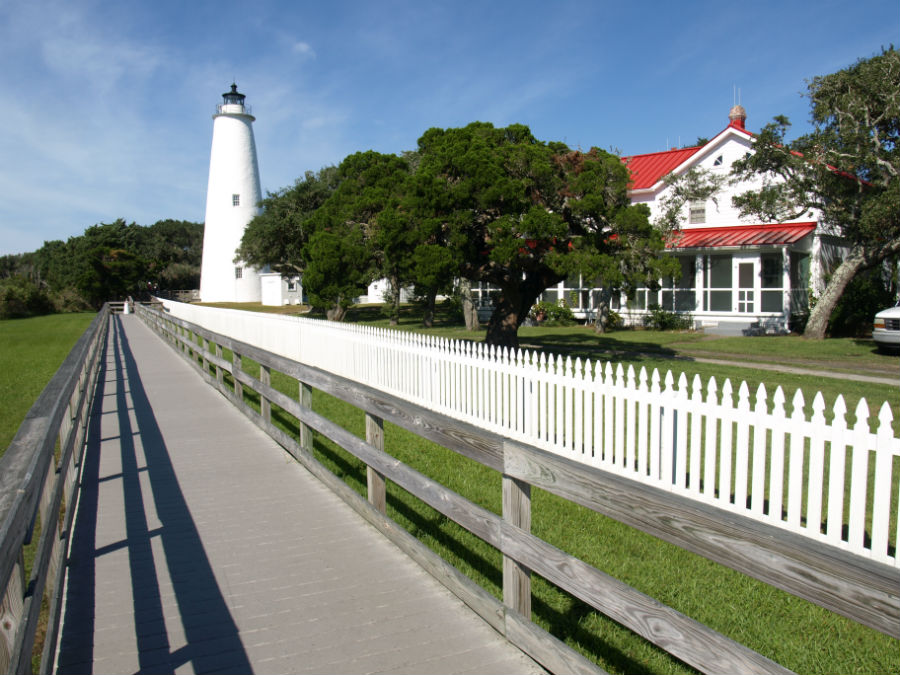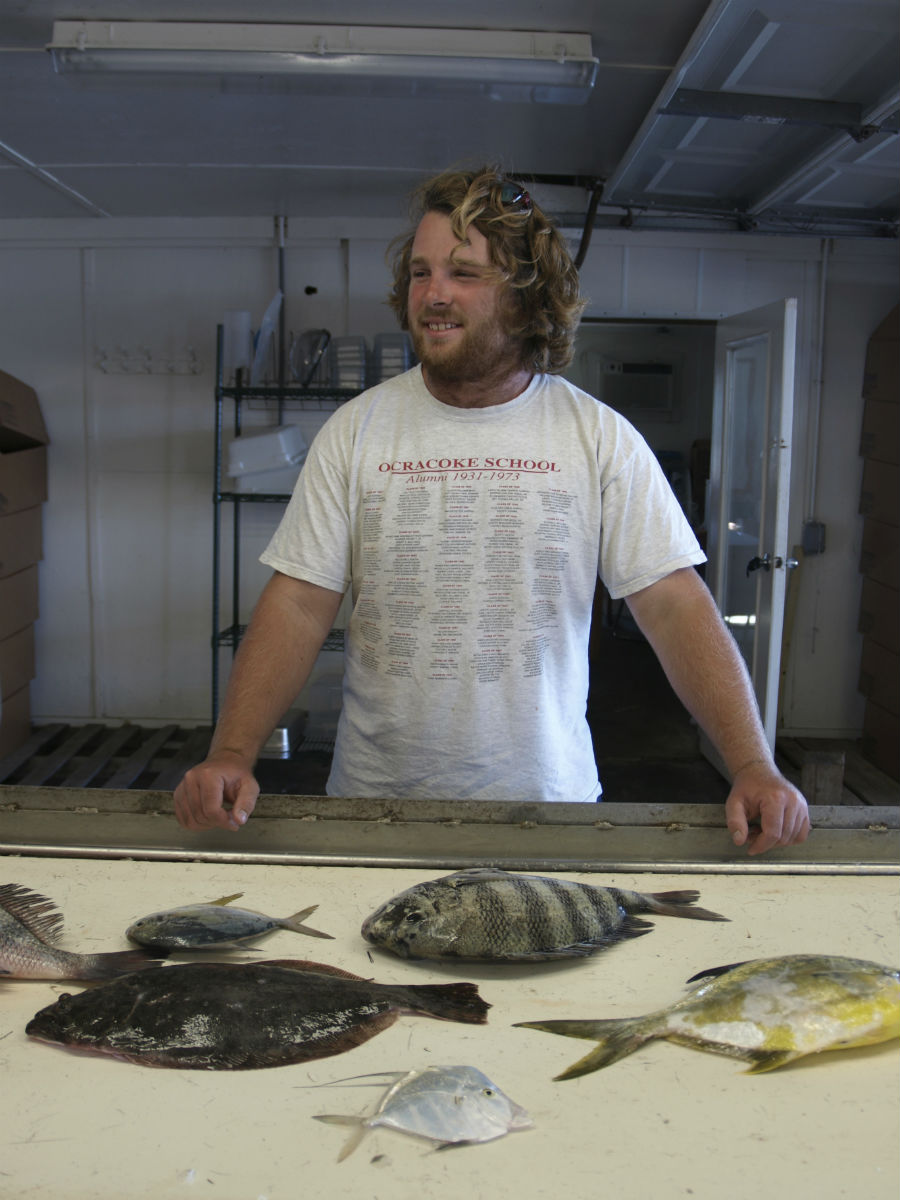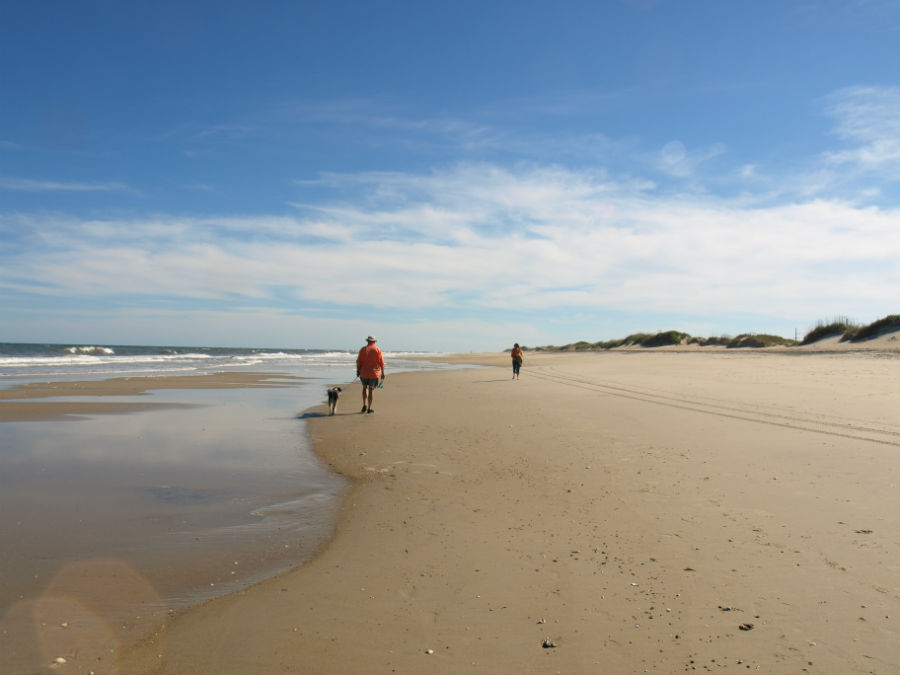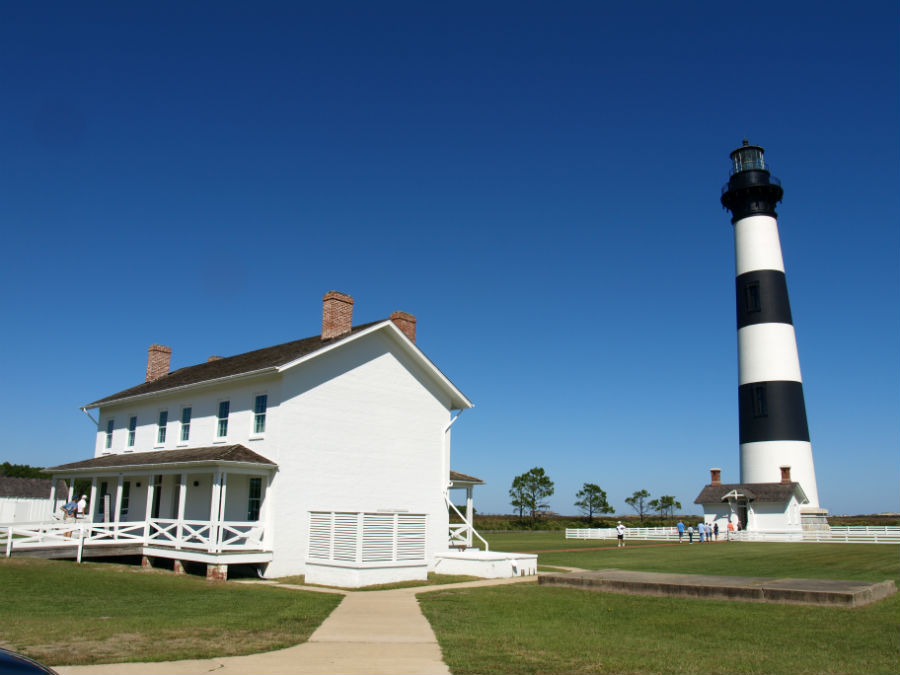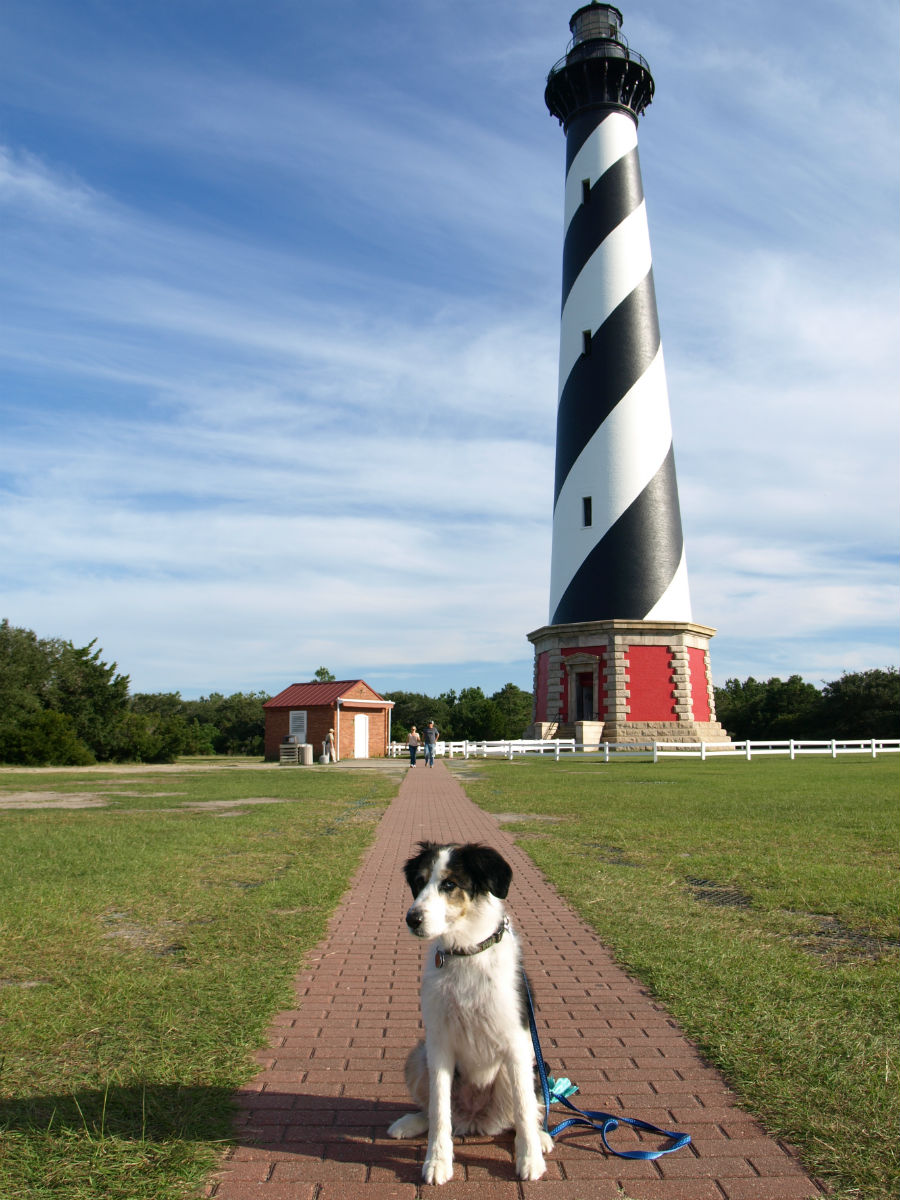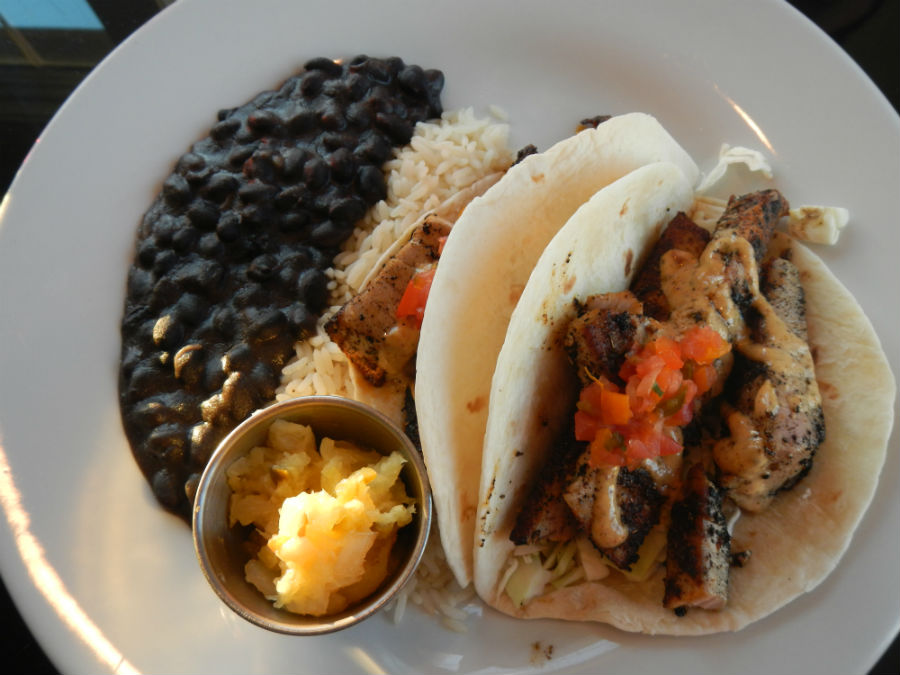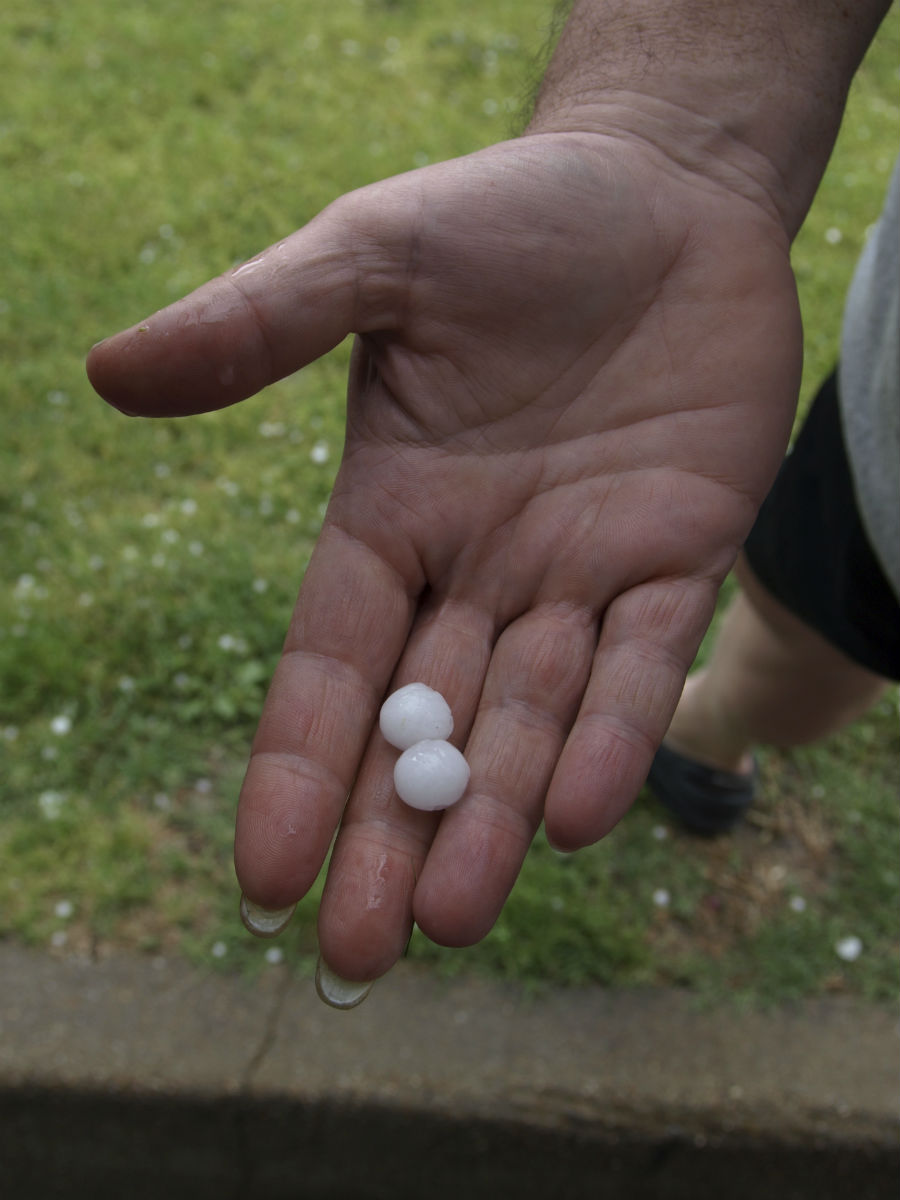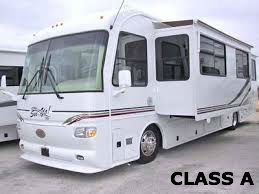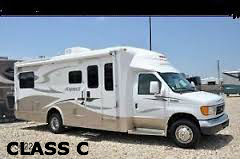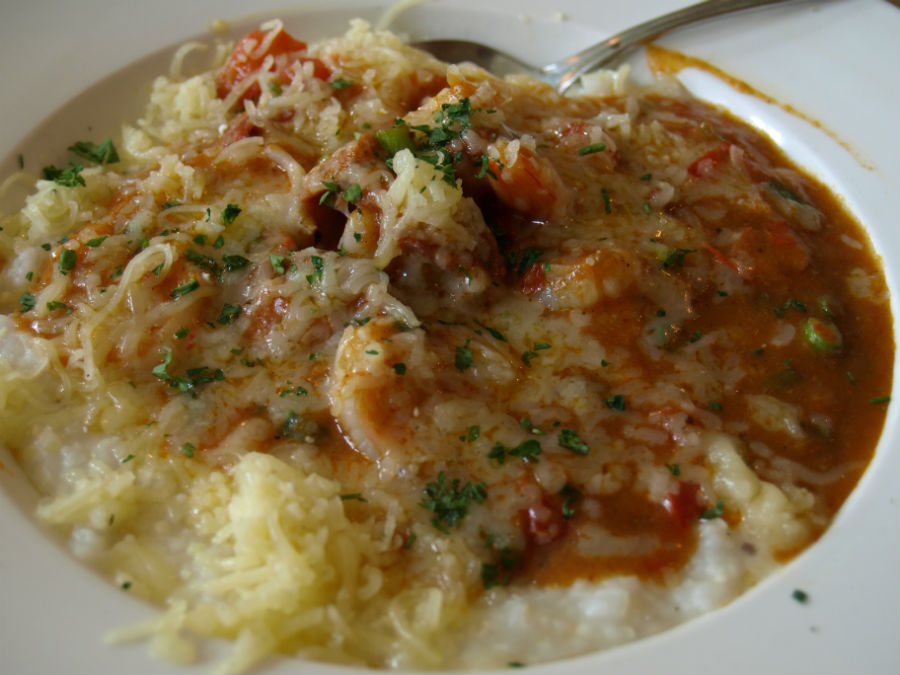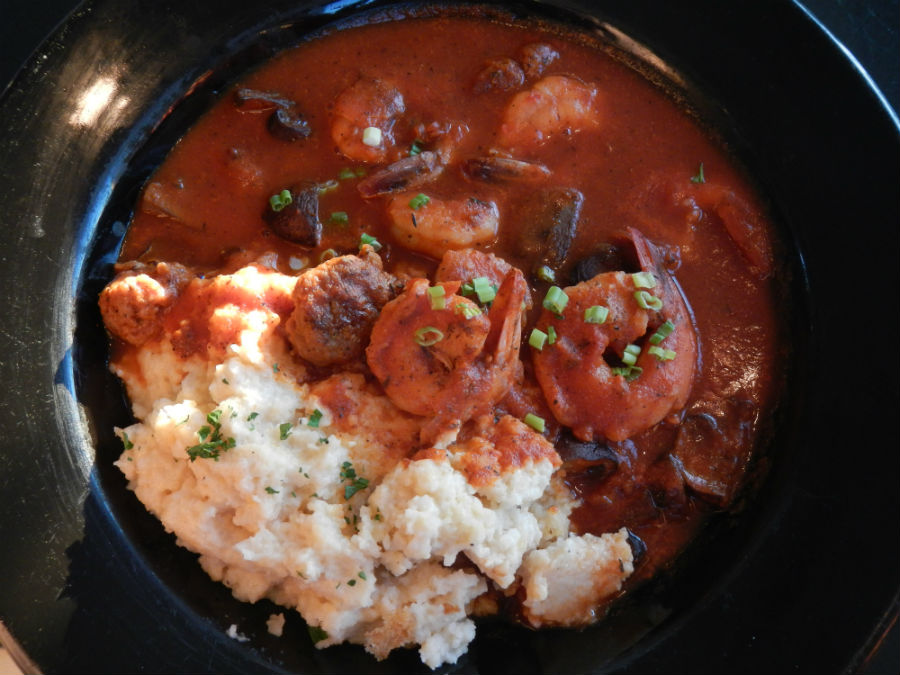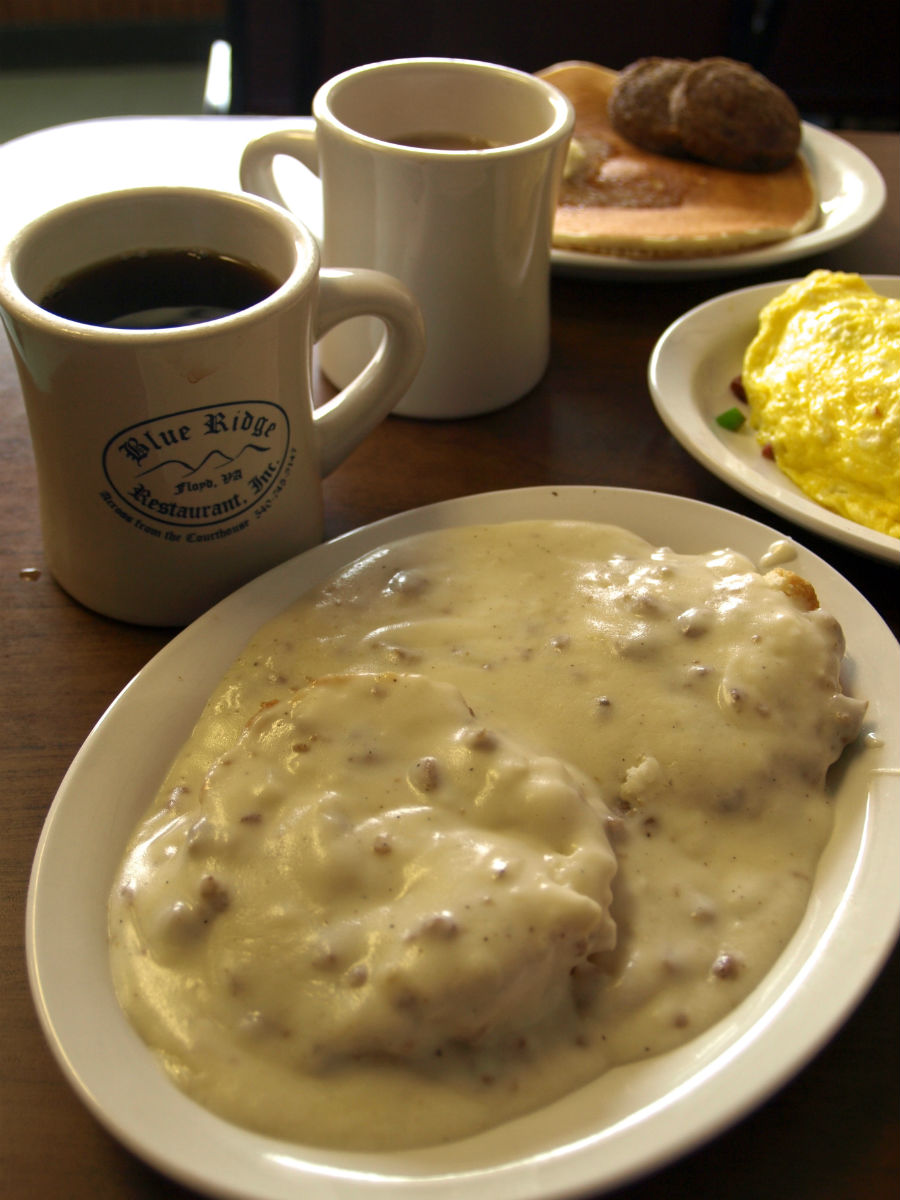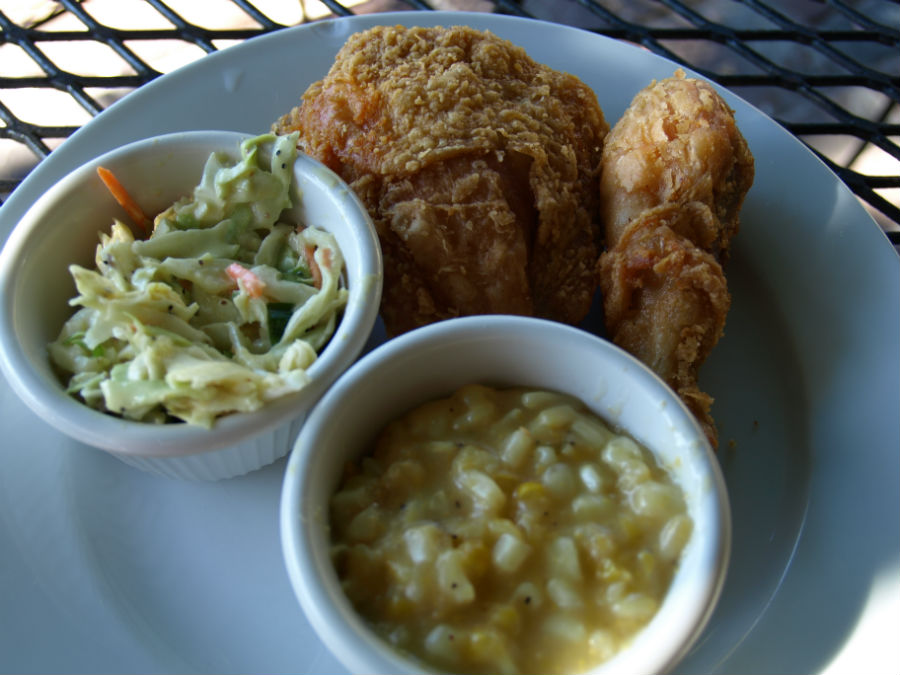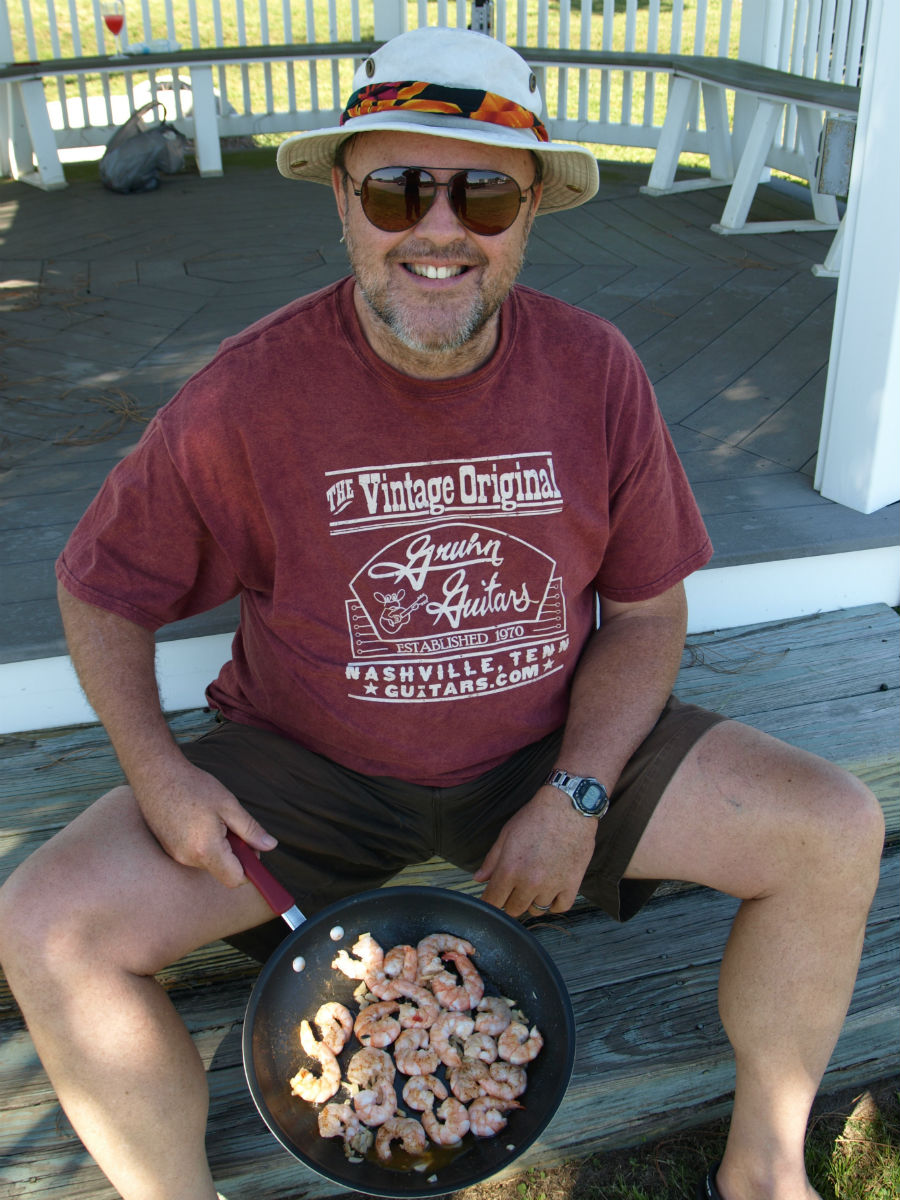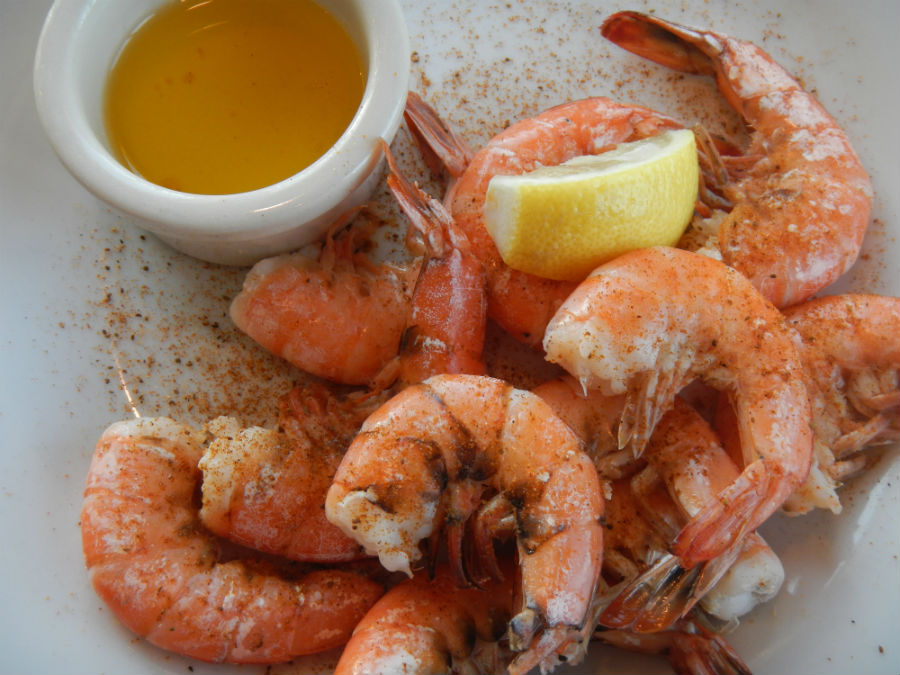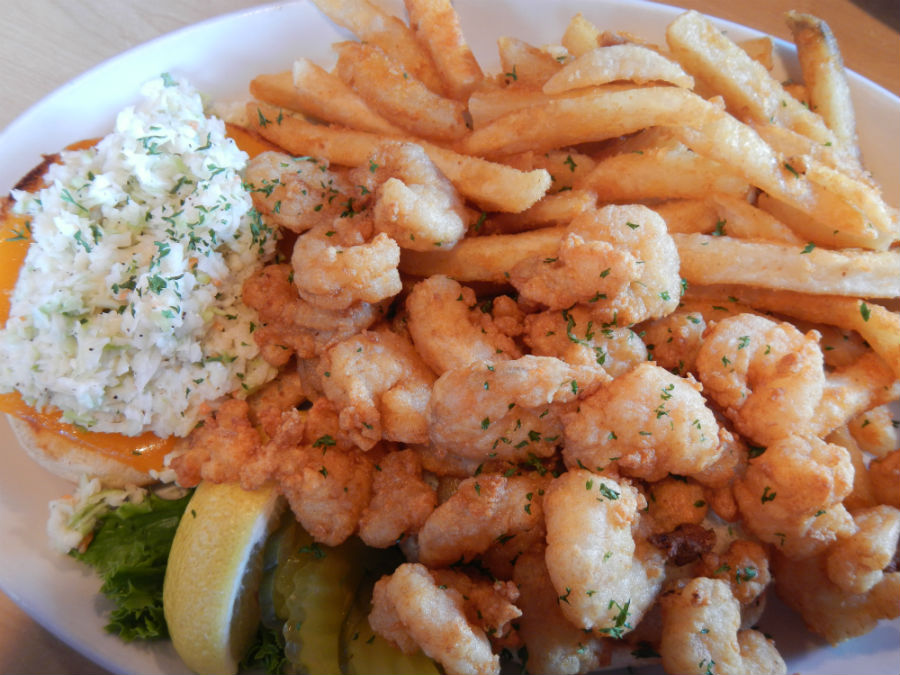Rigby is an easy-travellin’ kind of dog, so we have it made. In fact, she opens doors and brings down barriers with everyone she meets. We’re often astounded at how many dog positive people we encounter – at campgrounds, along city sidewalks, in shops, museums and at parks. We’ve got some general tips of how to source out pet-friendly stays, a list of some of the exceptional dog-friendly destinations we’ve had the pleasure to visit and even a link to a unique dog service in Canada to help if you can’t take Rover with you.
FINDING DOG-FRIENDLY STAYS
Destination websites often are great resources about the where-and-how of visiting with your pet.
Many towns, cities and parks welcome dogs and almost certainly have leash laws (usually a 2m/6ft leash). Off-leash parks may be the exception and a quick Internet check lists those golden spots for romp ’n’ run (kennel cough vaccination is a must-do if using these spaces).
Recognizing the trend for families and snowbirds to travel with pets in tow, many destinations are marketing themselves as dog friendly. In Florida, Panama City Beach boasts two beaches where owners can splash in the waves with their leashed pets. A Pensacola dog park includes a fenced dog beach where off-leash pooches can swim and cool off in the water. In Knoxville, TN, dogs are allowed on dozens of restaurant patios as well as into the famous Blue Plate Special noontime concert series at the city’s visitor centre. The International UFO Museum in Roswell, NM and the Pima Air & Space Museum in Tucson open their doors to well-behaved dogs on leash.
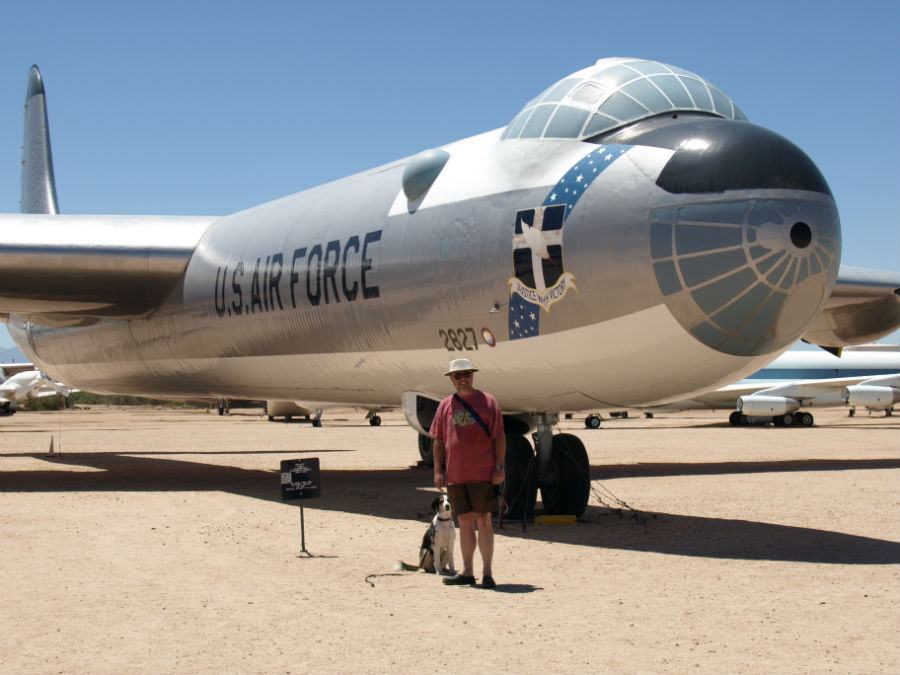
When it comes to hotel and motel stays, it’s always best to call ahead: some hotels forbid pets, others allow well-behaved pets that are not left unaccompanied and additional charges vary (from outrageous amounts exceeding the base room rate to reasonable fees to cover cleaning). Set a good example: no dogs on the furniture, regular trips to use the outdoor facilities and definitely no barking.
Policies vary at campgrounds as well. While most accept pets (leash regulations apply) it’s best to check in advance. In Ontario, all 30 provincial parks have designated exercise areas and some keep things separate with pet-free campground loops. Check out the Ontario Parks blog posting that details stays with your dog. Each campground website should let you know the do’s and don’ts.
LOOKING FOR DOG CARE?
While we haven’t had to use this service, we’ve heard that in Canada and the U.S. you can find a pre-screened, insured dog sitter who provides a cage-free environment through DogVacay. Rates include pet insurance and a daily photo, so you can stay updated. Can’t vouch for the service but we’d love to hear from those who have!
OUR FAVOURITE “DOG-POSITIVE” STOPS
We are always on the hunt for attractions, parks, etc. where we can include Rigby in our explorations. We know we’ve barely scratched the surface of what’s out there, but here are some of our favourites and a few photos to get you thinking of what’s possible:
McGee’s Atchafalaya Basin Swamp Tours, Louisiana
Why we love it: Getting out on a pontoon boat tour is the best way to really understand the Atchafalaya Basin, America’s largest freshwater swamp. The Basin flows between Lafayette and Baton Rouge and its nature-rich waters are largely inaccessible by car. So, boat is the way and McGee’s welcomed Rigby aboard. With gators in the water we were especially vigilant.
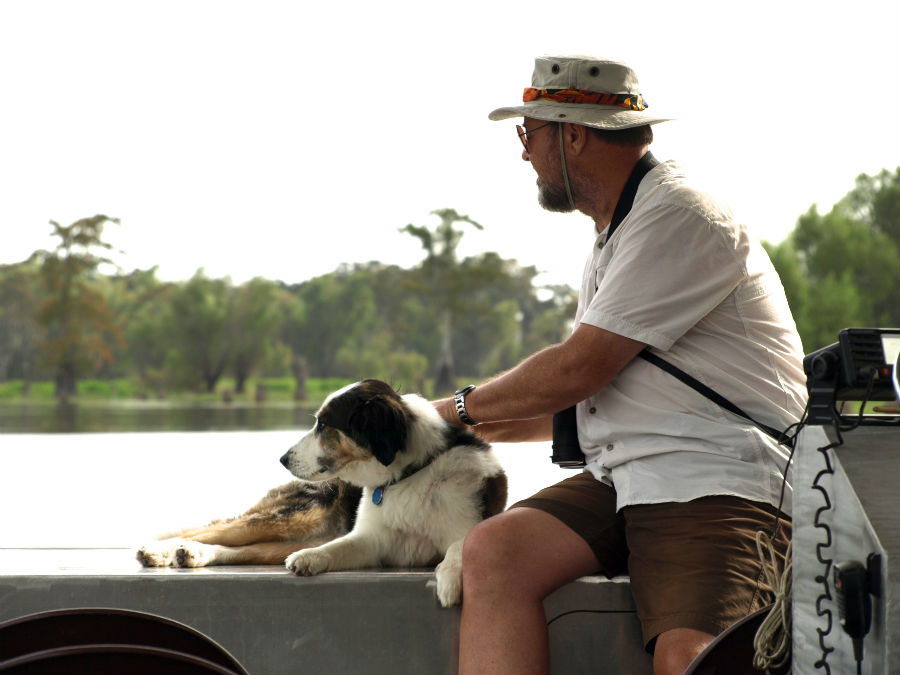
International UFO Museum, New Mexico
Why we love it: It can get pretty steamy in southern New Mexico and rather than have dogs left in overheated vehicles, the UFO Museum in quirky Roswell welcomes them into the facility. Rigby was oblivious to the displays of alien sightings and lifeforms but we thought it was pretty cool (even if improbable).
Pima Air & Space Museum, Arizona
Why we love it: One of the world’s largest aerospace museums is on the edge of urban Tucson. Dogs are welcome in both the indoor hangars and the acres and acres of hundreds of aircraft on display outdoors. Walking the grounds covers the entire history of flight from Kitty Hawk to supersonic across 80 acres of American aviation technology. From propeller-driven to jet engine fighters, cargo, reconnaissance, transport and bombers – if American aviation made it, it’s here.
Tubac Presidio State Historic Park, Arizona
Why we love it: We have a soft spot for historic destinations and the ruins (and partial reconstruction) of the original presidio (fort) at Tubac fit the bill. Dogs aren’t allowed in the museum or the buildings but it’s a nice hour-long walk around the grounds. The presidio was built in 1752, establishing Tubac as the oldest European settlement in Arizona.
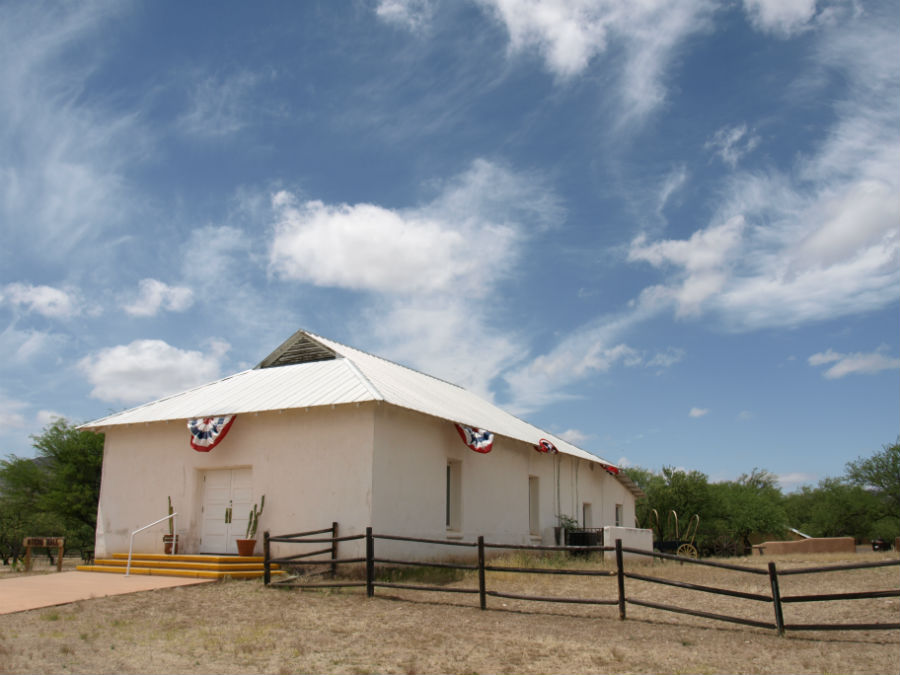
Tubac Golf Resort, Arizona
Why we love it: To say that Rigby was welcomed here would be an understatement. The golf course and bar are familiar to Kevin Costner fans – parts of Tin Cup were filmed here. Complementing the luxurious surroundings, when we checked into our villa there was a doggie welcome package complete with swag for Rigby. Outside, a spiderweb of trails for an on-leash walk.
Saguaro National Park, Arizona
Why we love it: Twenty types of snakes, 17 species of bats and dozens of varieties of prickly cacti are good reasons to keep your dog on leash. While dogs are not allowed on trails, they are allowed on roadways and in picnic areas (while leashed “with a human attached at the other end”). But the view from a walk along the roadways is still spectacular – forests of cacti, including some of the densest stands of the giant Saguaro cacti, the sentinel of the West only found in the Sonoran Desert. There are approximately 1.6 million Saguaro found in this park near Tucson.
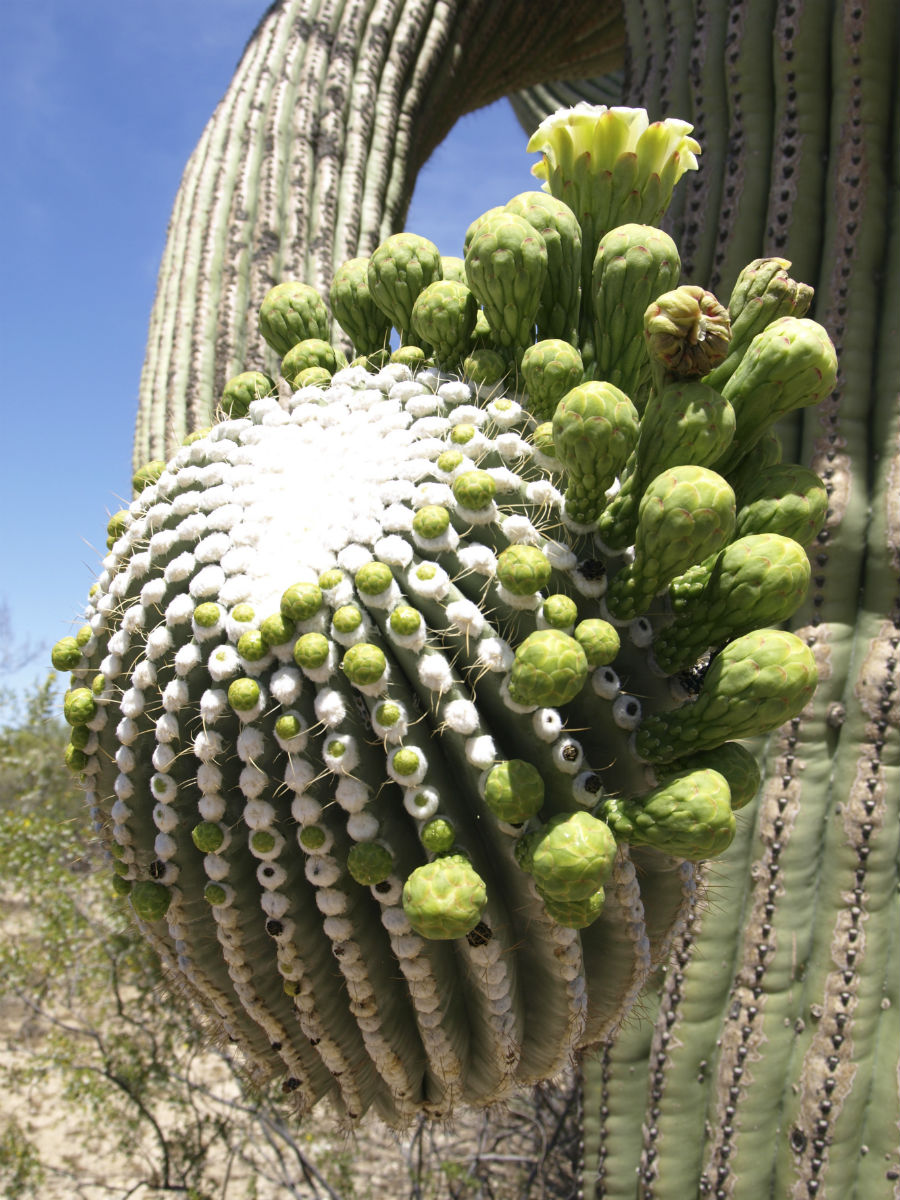
San Pedro Riparian National Conservation Area, Arizona
Why we love it: Many prime birding sites don’t allow dogs, but San Pedro (just outside the snowbird haven of Sierra Vista) welcomes leashed dogs along the largely level trails that wind along a river lined with giant cottonwood groves. Oh yeah, there are birds too. And lots of them – the NCA is a designated Globally Important Bird Area, with more than 100 species of breeding birds and another 250 species of migrant and wintering birds. We shared the trail with binocular-toting birders from around the world who were also enthusiastic dog lovers.
A Taste of Old Town Scottsdale, Arizona
Why we love it: It’s a match made in heaven (consume the calories and then immediately burn them off while walking the dog on this downtown Scottsdale food tour). Most of the time Rigby needed to wait outside the eateries (although some with patios did welcome dogs) but moving from place-to-place was a great way to explore the Old Town district.
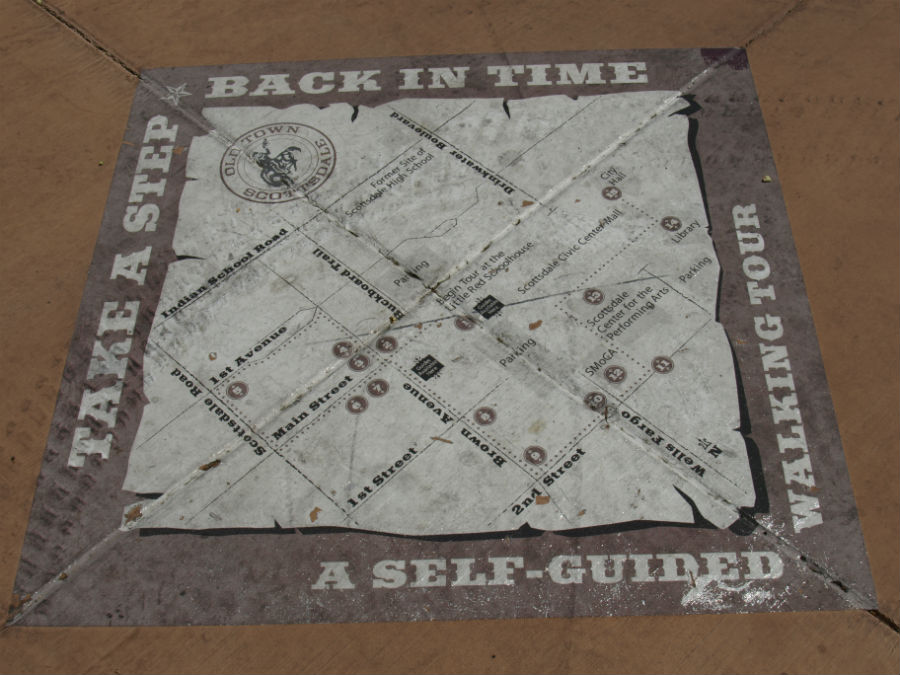
Veterans Oasis Park and Gilbert Riparian Preserve at Water Ranch, Arizona
Why we love it: The sprawling Phoenix metropolitan area is actually sprinkled with fantastic, natural parks tucked into urban settings. Our two favourites (dog friendly, on leash) were the Gilbert Riparian Preserve, the place for birding with more than 200 species and Chandler’s lake-spotted Veterans Oasis Park. Both have miles of trails for walking through wetlands, riparian and desert settings, and lakes for fishing.
Moab Area Hiking Trails, Utah
Why we love it: Dogs are not permitted on the trails within nearby Arches National Park, but there are pet-friendly trails on much of the public lands that surround the park. While a leash is only recommended in the backcountry, dogs do need to be under verbal restraint and not chase or harass wildlife. We hiked Mary Jane Canyon, soaked our feet in the red mud of the stream and generally just gobbled up the delicious red rock scenery.
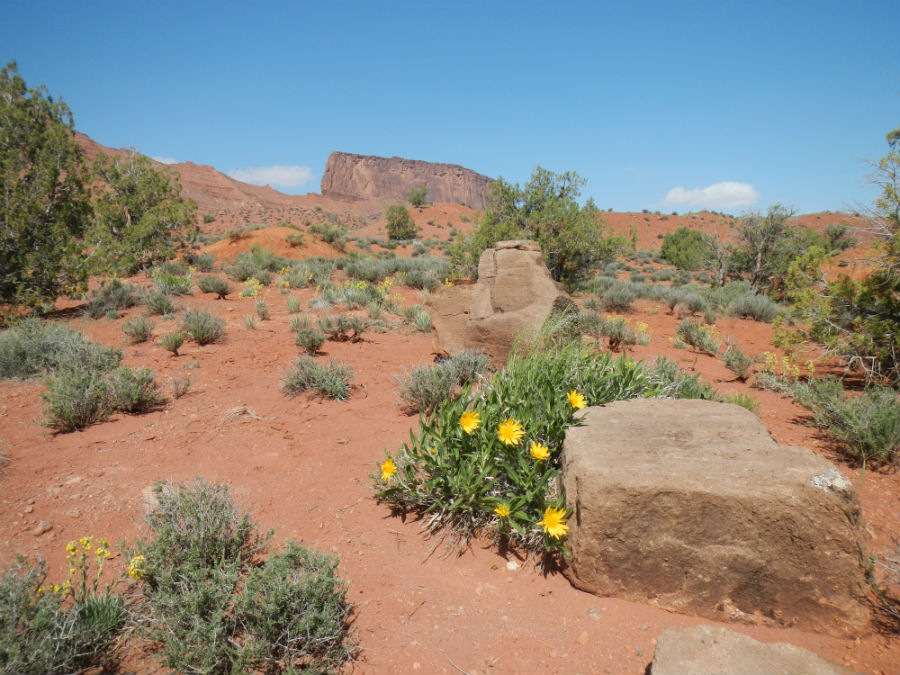
Self-guided city walking tours
Why we love them: Most visitor centres have self-guided walking tours of the city core. We check it out every time and can recommend any one of these:
Old Town Albuquerque where paw prints painted on the sidewalks lead from one pet-friendly shop to the next; the old copper mine in Bisbee, Arizona may be long closed, but the downtown has seen a remake of the old Brewery Gulch neighbourhood and the hilly shop-lined streets; Silver City near the Gila National Forest is know for its arts community, colourful murals and brightly-painted storefronts; strolling along one of the Natchez Trails above the banks of the Mississippi River through Bluff Park in the Southern town of Natchez; the historic streets of tiny Lincoln, New Mexico have been preserved as the Lincoln Historic Site, forever associated with the history of Billy the Kid, the charming gunslinger who became the iconic character of a wild and untamed territory; taking in the mural painted floodwalls in Paducah, Kentucky, a UNESCO Creative City and home to the National Quilt Museum; the whole easily-walkable town of blues-inspired Clarksdale, Mississippi is dog positive; Louisville, Kentucky is a large city with an extremely walkable downtown with a playful spirit. We checked out the enormous baseball bats outside the Louisville Slugger Museum, the giant golden David statue and the curvaceous exterior of the world-class Muhammad Ali Center.
